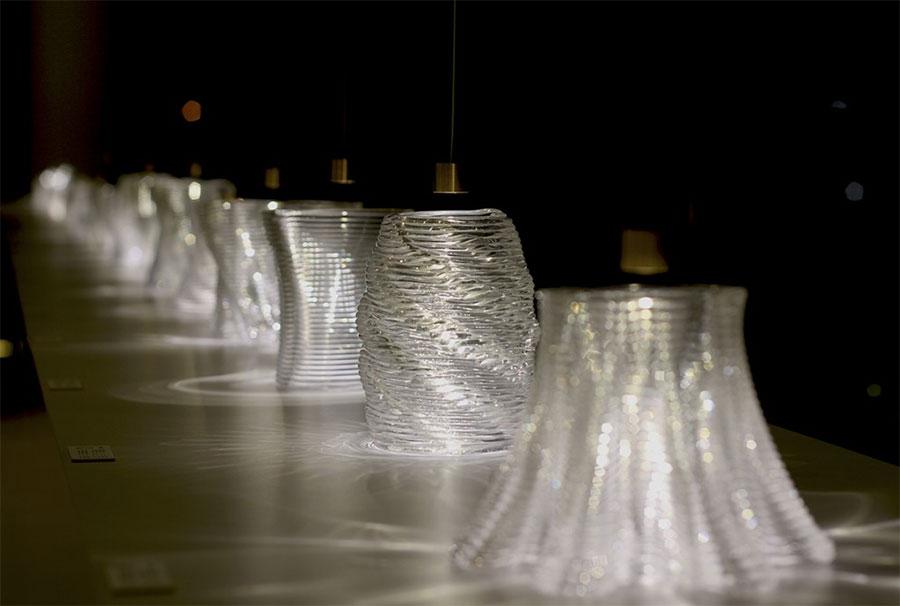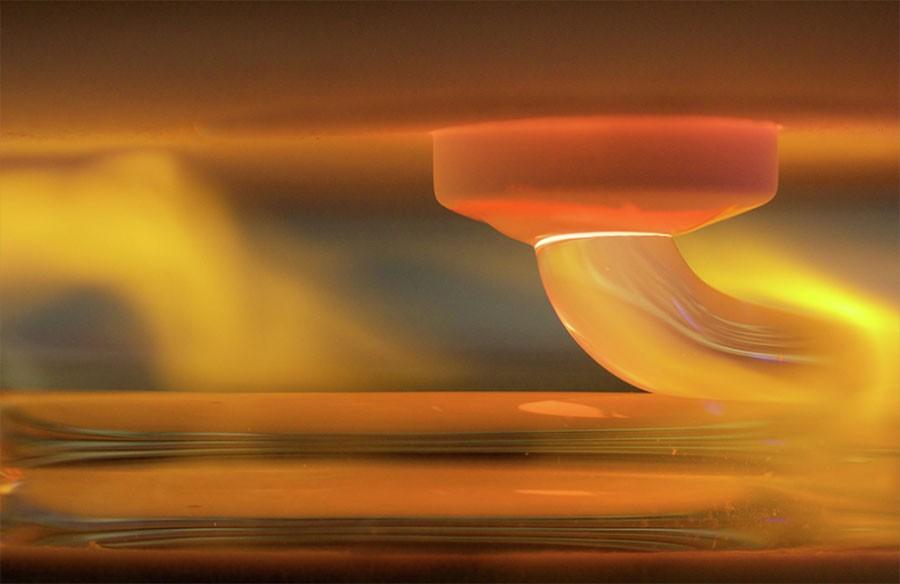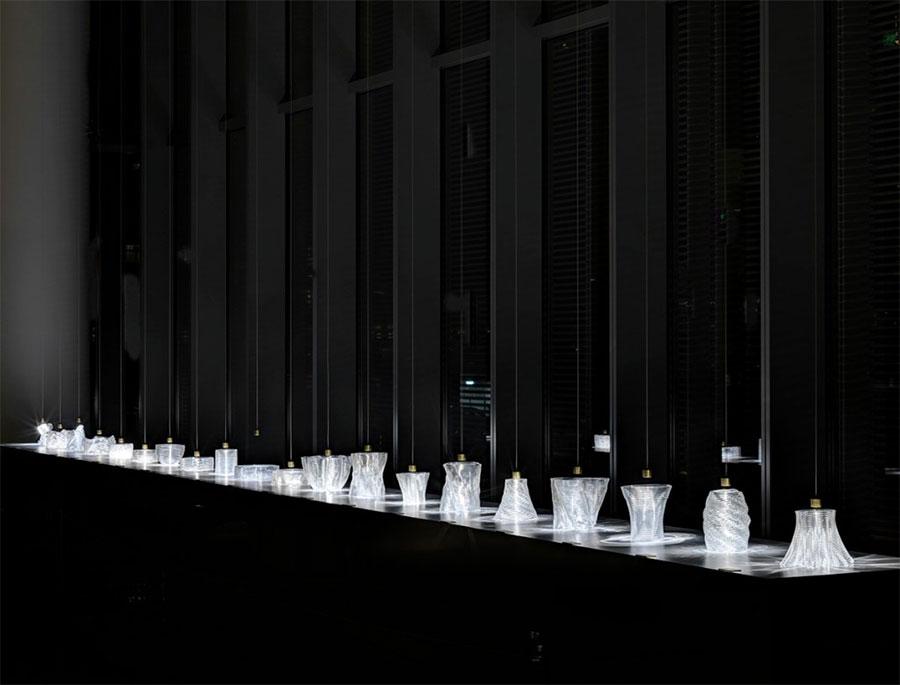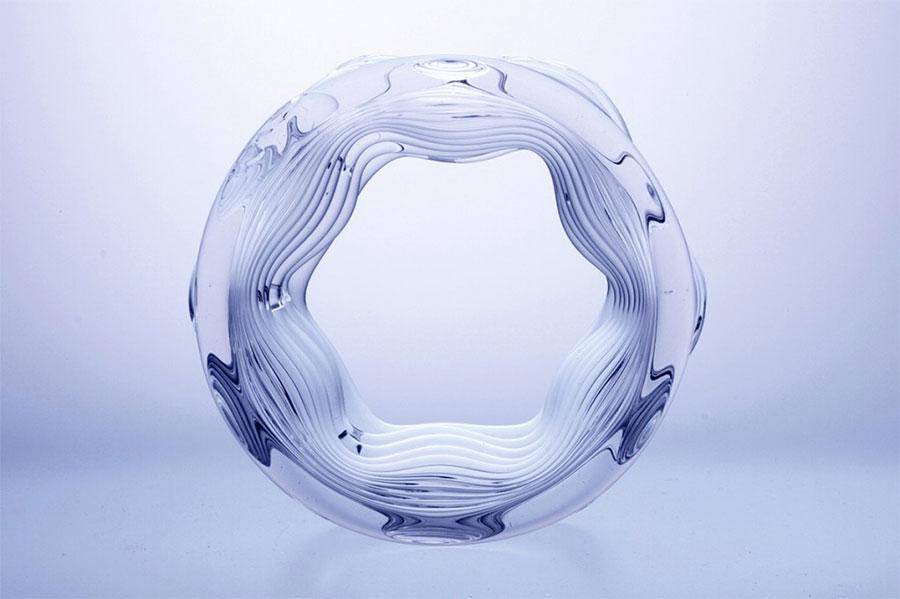Glass 3D Printing Method Unveiled By MIT
3D printing has come a long way in the last few years with printers getting cheaper and printing materials becoming easier to work with. Typically, a 3D printer works with plastics of some sort for creating objects that the user wants to build. Researchers at MIT have created a new 3D printing process that uses glass for the print material, the process is called G3DP.
G3DP is described as a highly precise method for 3D printing using optically transparent glass. The process is tunable and can deliver objects with variation in form, transparency, and color. The varying thickness of the printed object can allow for creations that control light transmission, reflection and refraction according to MIT researchers.
The products that the glass 3D printer creates are certainly beautiful; they look like something an artist would create. The process could also be used to improve fiber optic design and streamline fiber optic use by incorporating fiber optics in building construction. Essentially fiber optics could be integrated into the glass façade of a building.
MIT didn't offer much in the way of detail on exactly how its process works. Similar tech is being developed by a group called Micron3DP and it has said that its process uses a printhead that reaches up to 1640C.
SOURCE: 3D Printing Industry




